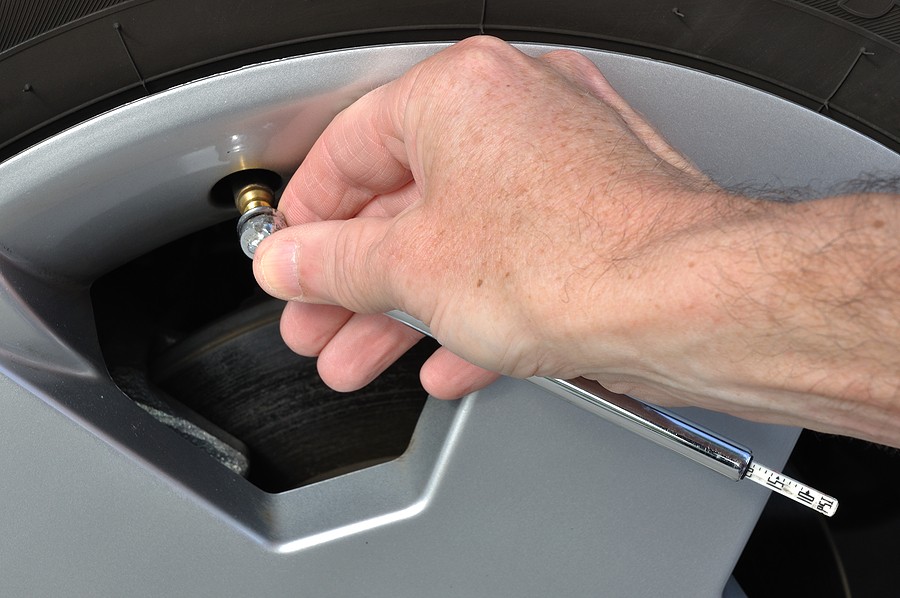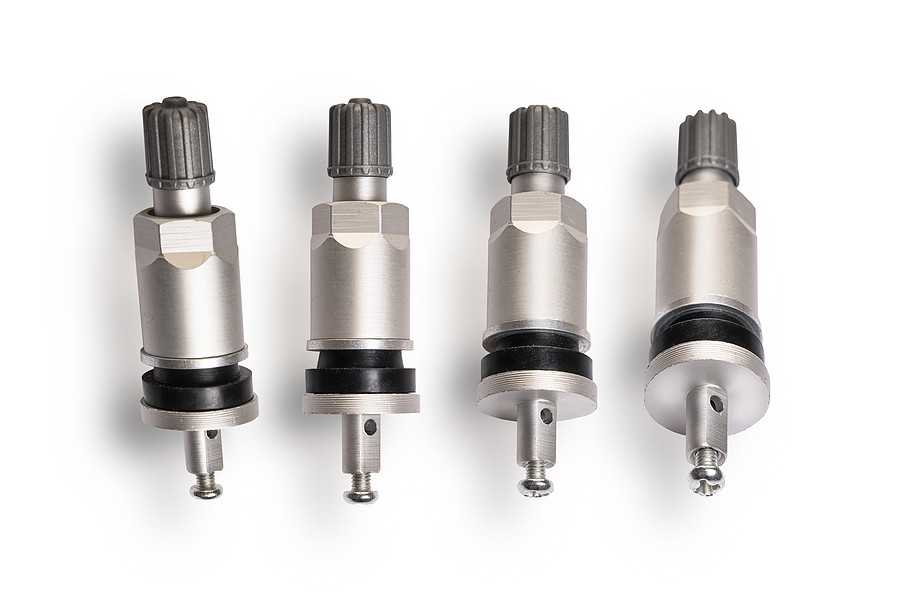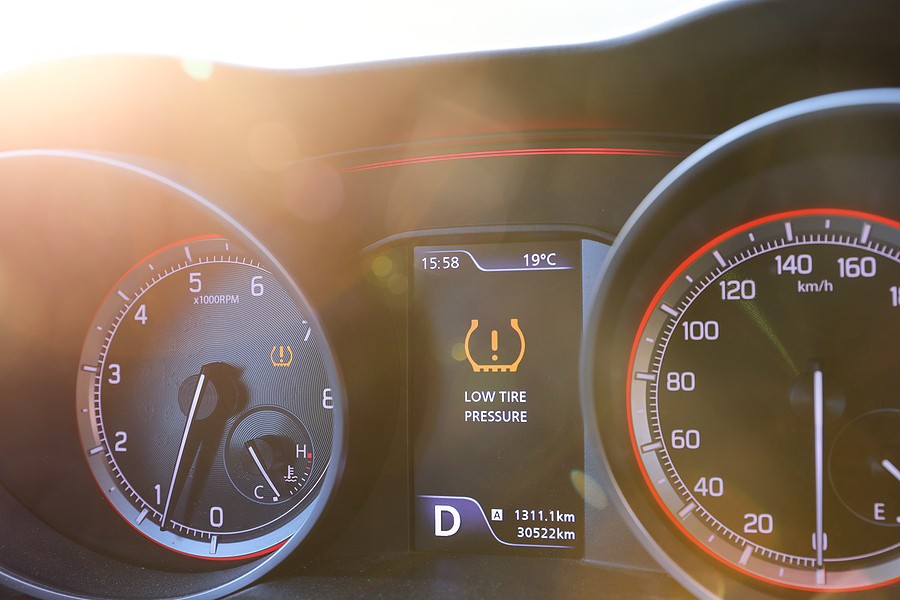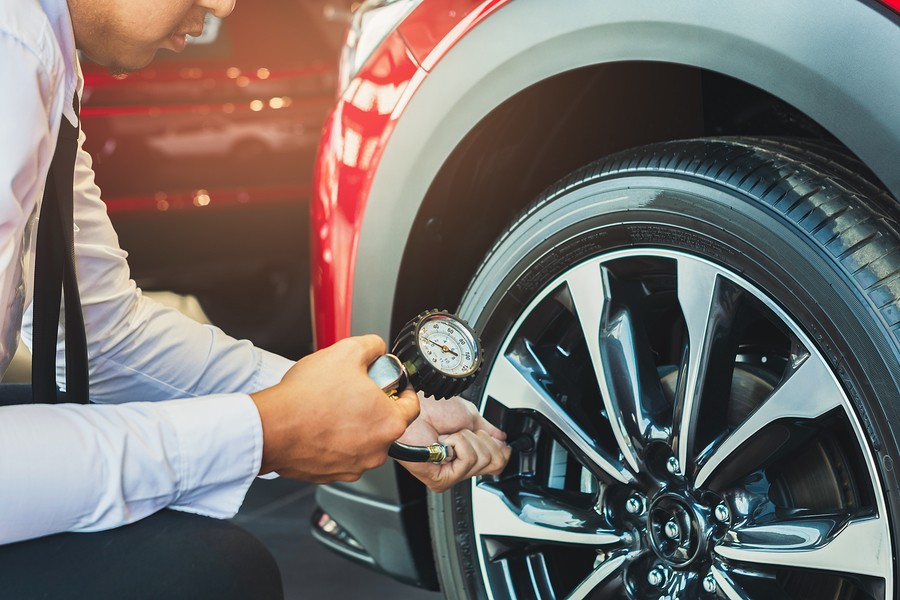We all want to stay safe when we drive, but with so many components in a car's braking system, it can be difficult to tell if everything is working properly. For example, one of your vehicle's most important safety features is tire pressure sensors.
These sensors are designed to alert you and other drivers that there may be an issue with your tires by illuminating a warning light or sounding an alarm.
The problem is that these sensors often fail without any indication as such, meaning you could unknowingly drive around for miles before realizing something is wrong and making repairs before an accident occurs. Fortunately, some signs indicate whether or not your sensor has failed.
This article walks you through ten clear signs which indicate you might have a tire pressure sensor fault. Let's read on “10 Signs You May Have A Tire Pressure Sensor Fault.”
What is the tire pressure sensor, and what does it do?
A tire pressure sensor is a diagnostic tool that monitors the air pressure within each of your tires. The sensors are attached to the inside wall of your tire, and their sole purpose is to send information about tire pressure back to you, either via an indicator light on your dashboard or an alarm sound.
The main benefit of these sensors is that they monitor the air pressure within your tire while you drive, alerting you when there is a reduction in the amount of air inside. If this happens, it means that one of your tires has lost its pressurization and needs to be repaired before it becomes dangerous.
The sensors also alert you to deflation while your vehicle is parked so that you can correct the issue before something goes wrong.

10 Signs You May Have A Tire Pressure Sensor Fault
Since the tire pressure sensor plays a vital role in maintaining the safety of you and your passengers, it's important to take quick action once an issue has been detected.
For this reason, it's important to know the signs which indicate that your tire pressure sensor is faulty or has failed.
1 – Your Dashboard Indicator Lights Up
This is the most obvious sign that there may be a problem with your tire pressure sensor. Whenever you turn on your engine, a series of warning lights should illuminate at the top of your dashboard.
If one of these lights is the Tire Pressure Sensor indicator light, this means that it has detected a problem and will need to be looked into as soon as possible. In most cases, this warning light will flash before going out after a short period.
2 – The Alarm System Sounds Off
In addition to illuminating an indicator light on your dashboard whenever there is a fault with your tire pressure sensor, many vehicles have an alarm system that sounds off when there's a problem. You may hear a loud beeping noise that alerts you to the issue and warns drivers who are near you.
3 – Your Vehicle Suddenly Pulls To The Left Or Right
When your tire pressure sensor has failed, it means that the internal computer system of your car is no longer receiving any information from your tires. As a result, there may be a noticeable change in how the vehicle handles and responds to changes in steering.
4 – You Experience Abnormal Tire Wear And Damage
If one or more of your tires become severely underinflated, this puts excessive stress on the sidewalls of these tires. This can lead to increased wear and damage potentially catastrophic failure while you drive.
This type of sudden tire failure could cause an accident that results in serious injuries for yourself and others around you.
5 – Your Tires Heat Up Much Sooner Than Usual
When you drive over a long period, and your tires reach their maximum operating temperature, this occurs naturally. It means that they're performing at peak capacity, and there are no issues with the pressure within them.
However, if one or more of your tires heat up much sooner than usual, it could be because there is an issue with the tire pressure sensor. This may cause under-inflation, which increases the stress on the treads of this tire while you drive.
6 – Tire Pressure Is Low After A Short Trip
Whenever you take a trip in your car, whether it's for a couple of blocks or several miles to visit friends or go to the grocery store, the tire pressure should remain evenly distributed within that tire.
If one or more of your tires suddenly lose their air pressure while you're driving, this is a sign that something has gone wrong with the internal mechanisms which control this pressure.
7 – You Have Difficulty Maintaining Your Speed While Driving
When you press down on the accelerator and use your vehicle's speed controller (e.g., cruise control), it means that there must be enough air in each tire to maintain a certain amount of resistance against the road. If you find yourself having difficulty maintaining ySo ifr vehicle's speed while driving, it could be due to insufficient tire pressure brought about by a faulty tire sensor.
8 – Your Vehicle Pulls To The Side
As mentioned above, your tire pressure sensor plays a crucial role in driving your car. If it has stopped working or has become faulty, you might find yourself having problems turning the vehicle to the left or right while driving. This could be because one side of your car is heavier than the other due to differences in air pressure between both sides.
9 – Your Car Leaks Air From One Or More Tires
If one or more of your tires are leaking air slowly into the surrounding environment, you should have this checked out as soon as possible by a professional mechanic. This may indicate an issue with the internal valve mechanism, which controls tire pressure inside each tire. If not fixed quickly, this could lead to serious problems with your tire pressure sensor down the line.
10 – The Tire Pressure Warning Light is Still On
If your vehicle's tire pressure warning light remains on, it may mean that there is a fault with your tire pressure sensor. This means that it will not be able to register changes in air pressure in your tires and transmit this information to the central control system of your car. When you notice this warning light come on, have a professional check out the problem immediately.

What to do if you have a faulty pressure sensor?
If you have identified that your tire pressure light is on, it's important to find the cause of this issue. This should be replaced quickly before any internal mechanism breaks down completely because of a faulty sensor.
When you need service for your vehicle's tires or other issues affecting its overall performance, make sure to visit one of the service center locations on this page.
Can you drive a car with a tire pressure sensor fault?
Every tire pressure sensor is designed to transmit data about your tires to the management system of your vehicle. If this fails, you must have this checked out by a professional to determine what kind of problem there is and improve the state of these sensors.
How to prevent a faulty pressure sensor from happening in the first place?
The best way to ensure that your tire pressure sensor does not get damaged or stop working is by maintaining proper tire inflation at all times. You should also check these sensors regularly for any signs of damage, so they don't fail when you need them most.
Furthermore, there are some specific tips and tricks you can implement to prevent dealing with tire pressure faults, including:
- Check the pressure of your tires regularly. You can determine what their optimal conditions are by checking out this table.
- If you're storing your vehicle for a few weeks or months, you should deflate the tires to their minimum pressure levels as recommended by the manufacturer. This will ensure that they retain enough air pressure throughout this time and won't burst due to these changes.
- When purchasing a new tire for your car, make sure they're compatible with the manufacturer's recommended pressure levels.
- If you notice that your car is pulling to one side while you drive, it may be a difference between tire pressures on each side. In this case, you should have a professional check this out as soon as possible.

Tire Pressure Sensor Fault FAQs
This section answers some of the most common tire pressure sensor faults.
How do you fix a tire pressure sensor fault?
Fixing a tire pressure sensor fault will depend on the specific problem affecting these devices. For example, if you notice your tire pressure warning light is on and it's because of a faulty device, this should be replaced entirely.
If your vehicle is leaking air from one or more tires, this may indicate a faulty valve mechanism that a professional can usually repair.
In other cases, you may have to reset the system after performing certain maintenance procedures such as tire rotations, replacing your tires, or checking their pressure levels. This will not happen in every instance but is designed to ensure that your car's management system can continue to monitor and regulate proper tire inflation going forward.
How much does it cost to fix a tire pressure sensor fault?
The cost of repairing a tire pressure fault will depend on the specific issue that has affected these devices. Sometimes, this can be related to internal damage, which may require you to replace the entire sensor unit. Other times, you may only need to recalibrate it or perform an adjustment.
However, suppose your vehicle is leaking air from one or more of its tires. The problem will likely be related to a faulty valve mechanism which can usually be repaired by a professional. In this case, you should expect to pay around $100 – $150 for these services.
Remember that tire pressure fault replacement might differ depending on your vehicle's brand. For instance, some manufacturers offer free tire pressure monitoring system calibration for the duration of your vehicle's warranty. This is not mandatory but can be done by a professional in an hour or two at no cost to you.
If you want to know how much it will cost to get this type of repair or replacement, consider contacting a local garage that specializes in these types of services. You can get a quote by bringing your car to their shop for inspection and asking them about the cost of these repairs.
Where is the TPMS sensor located?
There are three main types of tire pressure monitoring system sensors that can be found on modern vehicles.
- The first type is a direct tire pressure sensor located inside one or all of your vehicle's wheels. This means it is integrated with the valve mechanism and will alert if there's a problem related to inflation levels or incorrect positioning.
- The second type of TPMS sensor is indirect tire pressure monitoring system devices that do not directly connect to the valve mechanism. Instead, they use wheel speed sensors and position information from your car's CAN bus system to determine if there is a problem with your tires.
- The last type of TPMS sensor is the direct tire pressure monitoring system, which uses GPS and other onboard vehicle sensors to monitor tire pressure levels while driving. This technology is still being developed.
Which tire pressure sensor is the most reliable?
The direct type of TPMS sensors are more accurate and offer a wider range of benefits compared to indirect systems. They directly monitor tire pressure in real-time and can also diagnose problems in your car's valve mechanism that may not be detectable by indirect types.
Conclusion
If you're experiencing any of the signs of a tire pressure sensor fault, it's important to have it checked out by a professional as soon as possible. This can be repaired relatively easily and at a low cost in most cases.
However, if the problem is not addressed promptly, it could lead to further damage and more expensive repairs down the road. Be sure to keep an eye on your car's warning lights and take action if you see one related to tire pressure issues.



